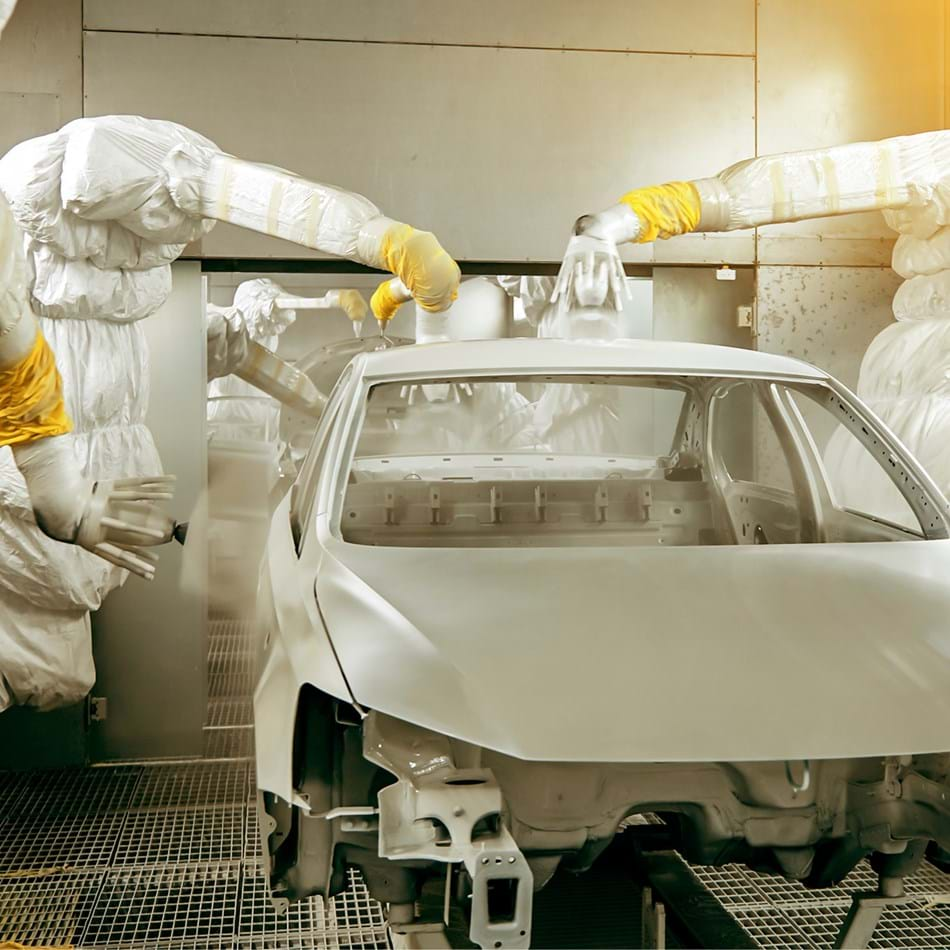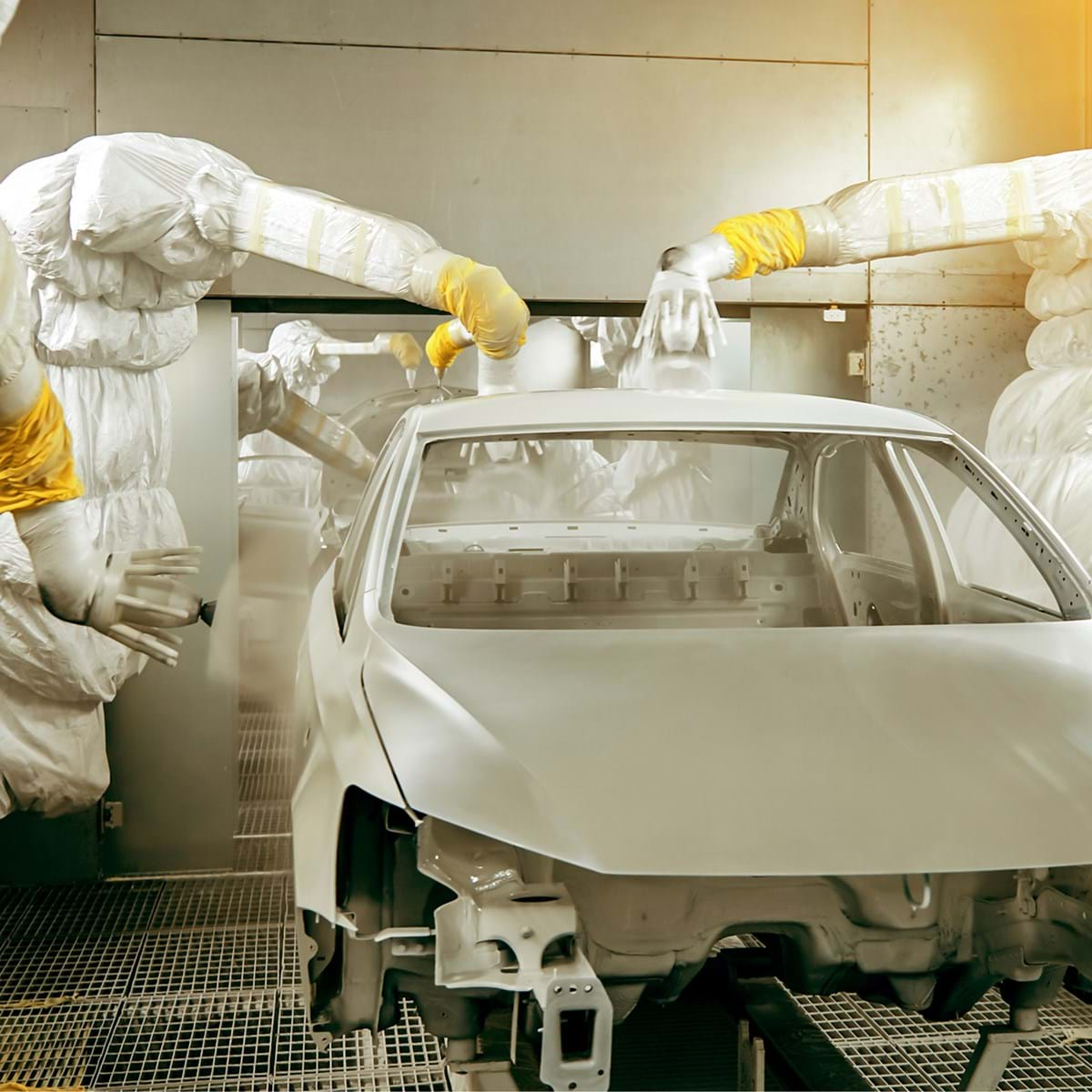The main difference between these examples is the role this protective coating plays. In the case of a car, the goal is to achieve a high quality color coating with no visible defects, as the vehicle’s finish will be closely scrutinized by consumers. What’s more, most cars are never repainted in the course of their useful life, so it makes good sense to apply multiple protective coatings—and to do so with painstaking care.
With an airplane, it’s the opposite. The main purpose of aircraft coatings is to protect the fuselage against potential structural damage caused by the stresses aircraft are subject to under normal operation, when they are exposed to extreme weather conditions. Aircraft are repainted every five to seven years during their useful lives.
A complete aircraft repainting job can take two to four weeks, depending on the size of the plane and the number of workers involved. The simplest and most common way to repaint a plane is to apply a chemical stripper, wait for it to act, then remove the product. The more layers of paint and clearcoat, the longer the process; in some cases, it may need to be repeated several times. The operation is both costly and inefficient.
What’s more, chemical strippers are very harsh and hazardous products; they can damage the fuselage if care is not taken, and also pose a considerable risk to workers’ health and the environment. After stripping is complete, the maintenance team has to clean the entire fuselage and carefully inspect it for any damage to the aluminum so that all necessary repairs can be done before repainting. All of these steps have been made more complicated by the growing use of composite materials in the aviation industry. With composites, it is critical to carry out the stripping operation as delicately as possible in order to avoid weakening the aircraft’s structure.
In light of these constraints, an innovative new robotic laser de-coating technique has been developed. The laser process acts locally and is combined with a dust collection device, making it much more environmentally friendly than chemical strippers. The key to optimal de-coating lies in monitoring the thickness of the paint. To de-coat an entire surface in the minimum timeframe using a minimum of energy—and without damaging the substrate—it’s vital to properly characterize the thickness of the coating layer before each pass of the laser.
Few technologies are available to perform these measurements. And those that are, such as eddy current measurement systems and more recently developed time domain spectroscopy systems cannot be used for rapid dense surface sampling.
Optical coherence tomography (OCT) could soon provide an answer to this problem. OCT, a noncontact, high-definition 3D imaging technology used primarily in medical imaging, paves the way for developing a technology capable of imaging the thickness of various coatings with micrometric precision. The images generated by OCT would provide dense information on the thickness of the paint in the zone alongside the one the laser is about to de-coat. In this way, precise power control would allow the robot to remove the paint and primer coat in a minimum number of passes without transferring energy to the underlying material, preventing structural strength from being compromised.

OCT could also be used for new vehicles that are painted by robots. The precise measurements this technology provides could make it easier to eliminate application defects and achieve an even better finish.
Contact me if you want to learn more about OCT technology or partner with INO to develop an effective solution to this problem. Our tried and tested five-step approach gives you a clear picture of the solution that can be developed in accordance with your needs and requirements.




